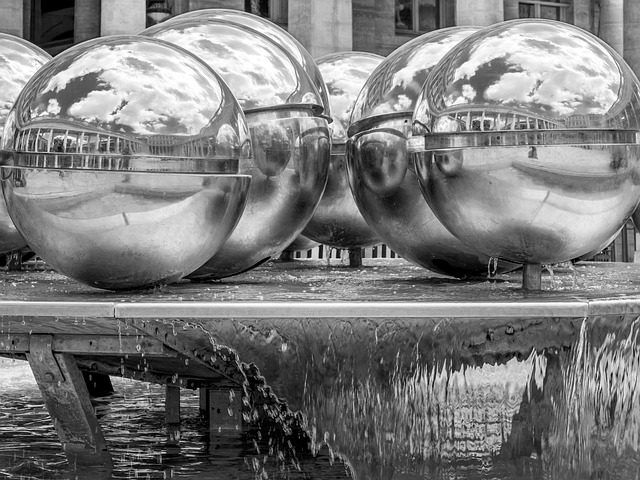
Unraveling the Mysteries of Hieronymus Bosch
Ah, Hieronymus Bosch! The name alone conjures images of bizarre creatures, surreal landscapes, and a whole lot of questions. Born around 1450 in the Netherlands, Bosch was a painter who didn't just think outside the box—he probably tossed the box into a surreal abyss and painted a giant fish swimming through it. His most famous work, The Garden of Earthly Delights, is like a trip to the carnival gone wrong, featuring everything from naked people frolicking in a garden to a rather unsettling depiction of hell that would make even Dante raise an eyebrow.
Who Was This Guy, Anyway?
Bosch was originally named Jheronimus van Aken, which sounds like a name you’d hear in a medieval tavern. His artistic prowess was evident early on, but the attribution of his works is as tangled as a modern-day family tree. Historians confidently attribute about 25 paintings to him, while another half-dozen are thought to be from his workshop. It’s like a game of art detective—who painted what? If only Bosch had a more straightforward signature, like “Bosch was here.”
What’s with the Weirdness?
Let’s be real: Bosch’s art isn’t exactly what you'd hang over your living room couch. His pieces are filled with oddities—think hybrid creatures, exaggerated human forms, and a healthy dose of existential dread. But there's a method to the madness. Bosch’s work dives deep into humanity’s desires and fears, serving as a mirror reflecting our most bizarre tendencies. It’s like he was the original influencer of the dark side of human nature, long before social media made it trendy.
Triptych Masterpieces
One of Bosch's signature styles is the triptych, a three-panel painting that tells a story. His most acclaimed works are triptychs, and they’re not just pretty pictures; they’re narratives that unfold before your eyes. The most famous, The Garden of Earthly Delights, is a visual feast that starts with the Garden of Eden, moves through a hedonistic paradise, and ends in a hellscape that’s straight out of a bad dream. It’s like a rollercoaster ride through the human psyche, complete with twists and turns that leave you questioning your life choices.
Legacy and Influence
Despite being a bit of an enigma, Bosch’s influence is undeniable. His work has inspired countless artists, writers, and even filmmakers. You might not realize it, but if you’ve ever seen a surrealist painting or a dystopian film, there’s a good chance Bosch’s shadow looms large over it. His ability to blend the fantastical with the grotesque paved the way for future art movements, proving that sometimes, the weirdest ideas are the most powerful.
Conclusion
So, what’s the takeaway from Bosch’s bizarre world? Maybe it’s a reminder that art doesn’t have to be pretty to be profound. Sometimes, it’s the strange, unsettling pieces that make us think the most. Whether you love him or find his work downright disturbing, Bosch’s legacy as a master of the surreal remains intact. Next time you stumble upon a Bosch painting, take a moment to appreciate the chaos—it’s a wild ride worth taking.

















 Concrete Screws For Toilet Flange
Concrete Screws For Toilet Flange 
 Health
Health  Fitness
Fitness  Lifestyle
Lifestyle  Tech
Tech  Travel
Travel  Food
Food  Education
Education  Parenting
Parenting  Career & Work
Career & Work  Hobbies
Hobbies  Wellness
Wellness  Beauty
Beauty  Cars
Cars  Art
Art  Science
Science  Culture
Culture  Books
Books  Music
Music  Movies
Movies  Gaming
Gaming  Sports
Sports  Nature
Nature  Home & Garden
Home & Garden  Business & Finance
Business & Finance  Relationships
Relationships  Pets
Pets  Shopping
Shopping  Mindset & Inspiration
Mindset & Inspiration  Environment
Environment  Gadgets
Gadgets  Politics
Politics 